

Fuel-Efficient Used Cars: Saving Money at the Pump
With the ever-increasing cost of petrol impacting household budgets across Australia, finding ways to save money on the road has become a top priority for many drivers. One smart solution gaining popularity is opting for a fuel-efficient used car. These vehicles offer a practical and budget-friendly way to combat rising fuel prices without sacrificing personal transport. Beyond the significant savings at the pump, choosing a fuel-efficient used car can also contribute to lower emissions, making it a more environmentally conscious choice. The good news is that fuel efficiency isn’t limited to just small hatchbacks; a variety of car types, from sedans to even some smaller SUVs, can offer impressive kilometres per litre.
Why Choose a Fuel-Efficient Used Car?
Selecting a fuel-efficient used car comes with a range of compelling advantages for savvy Australian drivers:
- Lower Running Costs: The most obvious benefit is the direct saving on fuel expenses. By choosing a car that consumes less petrol or diesel, you’ll be making fewer trips to the service station and keeping more money in your pocket over the long term. These savings can accumulate significantly, especially for those who do a lot of driving.
- Affordability: Used cars generally offer much better value for money compared to brand new vehicles. You can often purchase a well-maintained, fuel-efficient model for a significantly lower price, allowing you to access better features or a higher-specification vehicle within your budget.
- Environmental Impact: Fuel-efficient cars, by their very nature, tend to produce fewer greenhouse gas emissions. Choosing one contributes to a smaller carbon footprint and supports more sustainable transportation. While not the primary motivator for everyone, it’s a positive side effect of saving money.
- Variety of Options: The used car market boasts a diverse selection of fuel-efficient vehicles across various categories. Whether you need a compact city runabout, a comfortable family sedan, or even a slightly larger vehicle with good fuel economy, there are likely used options available that fit your lifestyle and budget.
Top Factors to Consider for Fuel Efficiency:
When you’re on the hunt for a fuel-efficient used car, several key factors will influence how much you spend at the pump. Understanding these will help you make an informed decision:
-
MPG Ratings (City/Highway/Combined): Miles Per Gallon (MPG) ratings, or in Australia, typically litres per 100 kilometres (L/100km), are crucial indicators of a vehicle’s fuel consumption. These figures are usually presented as city, highway, and combined ratings.
- City: This rating reflects fuel economy in urban driving conditions, characterised by stop-start traffic and lower speeds.
- Highway: This rating indicates fuel efficiency at consistent, higher speeds on open roads.
- Combined: This is a weighted average of the city and highway ratings, giving you a more general idea of expected fuel consumption in mixed driving conditions. When comparing vehicles, pay close attention to the combined figure as it often provides the most realistic estimate for everyday driving. Lower L/100km figures indicate better fuel efficiency.
-
Engine Type and Size: The engine is a primary determinant of fuel consumption. Generally:
- Smaller Engines: Tend to be more fuel-efficient, especially in city driving, as they require less fuel to produce power. However, they might work harder and consume more fuel at higher speeds or when carrying heavy loads.
- Hybrid Engines: Combine a traditional petrol engine with an electric motor and battery. They offer significant fuel savings, particularly in stop-start city driving, as the electric motor can power the vehicle at lower speeds or assist the petrol engine.
- Diesel Engines: Historically known for their better fuel economy on longer journeys compared to petrol engines, especially for larger vehicles. Modern diesel engines are also cleaner than older models, but it’s worth considering potential higher maintenance costs and specific emissions requirements.
-
Transmission Type: The type of transmission can also have a subtle impact on fuel efficiency:
- Manual Transmissions: Can sometimes offer slightly better fuel economy than traditional automatic transmissions, as the driver has more control over gear selection and engine RPM.
- Automatic Transmissions (including CVTs): Modern automatic transmissions, especially Continuously Variable Transmissions (CVTs), are often designed for optimal fuel efficiency by keeping the engine in its most efficient rev range. CVTs generally offer smooth and efficient power delivery.
-
Vehicle Weight and Aerodynamics: A heavier vehicle requires more energy to move, thus consuming more fuel. Similarly, a more aerodynamic design allows the car to move through the air with less resistance, improving fuel economy, particularly at higher speeds. Sleek, lower-profile cars generally have better aerodynamics than boxier SUVs.
-
Maintenance and Driving Habits: Even the most fuel-efficient car won’t perform optimally if it’s not well-maintained or if driven inefficiently.
- Regular Maintenance: Ensuring the engine is properly tuned, tyres are correctly inflated, and air filters are clean can significantly impact fuel consumption.
- Efficient Driving Habits: Smooth acceleration and braking, avoiding unnecessary idling, and maintaining a consistent speed can all contribute to better fuel economy. Aggressive driving with rapid acceleration and hard braking wastes fuel.
Hybrids:
-
Why They’re Efficient: Hybrid vehicles combine a traditional internal combustion engine (usually petrol) with an electric motor and a battery. The electric motor can assist the petrol engine, power the car at lower speeds, and recapture energy during braking (regenerative braking) to recharge the battery. This synergy significantly reduces fuel consumption, especially in stop-start city driving.
-
Example 1: Toyota Prius (e.g., 2010-2015 models)
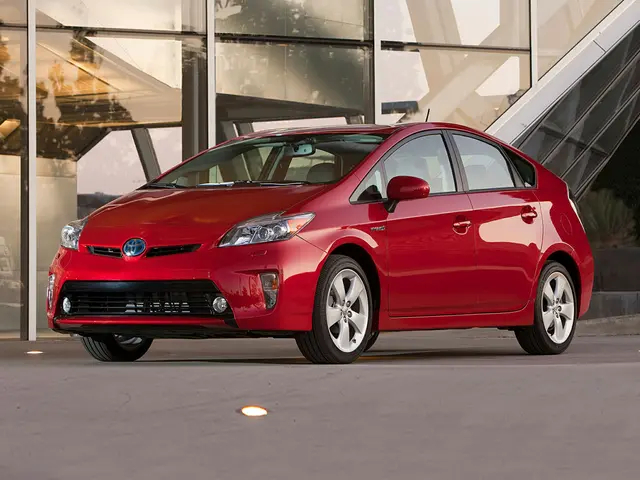
-
-
Key Fuel Efficiency Figures:
- Combined Fuel Consumption: Approximately 3.9 – 4.0 litres per 100 kilometres.
- City Driving: Often achieves even lower fuel consumption figures due to the electric motor’s greater involvement in stop-start conditions.
- Highway Driving: While still efficient, fuel economy on the open road might be slightly higher than in the city, but remains competitive.
Other Benefits:
- Exceptional Reliability: Widely recognised for its long-term dependability and low frequency of major mechanical issues.
- Spacious Interior: Offers a surprisingly roomy cabin for passengers, providing comfortable seating even for longer journeys.
- Generous Cargo Area: The hatchback design allows for a practical and relatively large cargo space, making it versatile for shopping and luggage.
- Comfortable Ride: Generally provides a smooth and comfortable ride quality, well-suited for daily commuting and longer trips.
- Quiet Operation: In electric-only mode and during electric assist, the Prius offers a very quiet and refined driving experience.
- Regenerative Braking: Efficiently captures energy during deceleration, contributing to fuel savings and potentially extending brake pad life.
-
-
Example 2: Honda Civic Hybrid (e.g., 2012-2015 models)
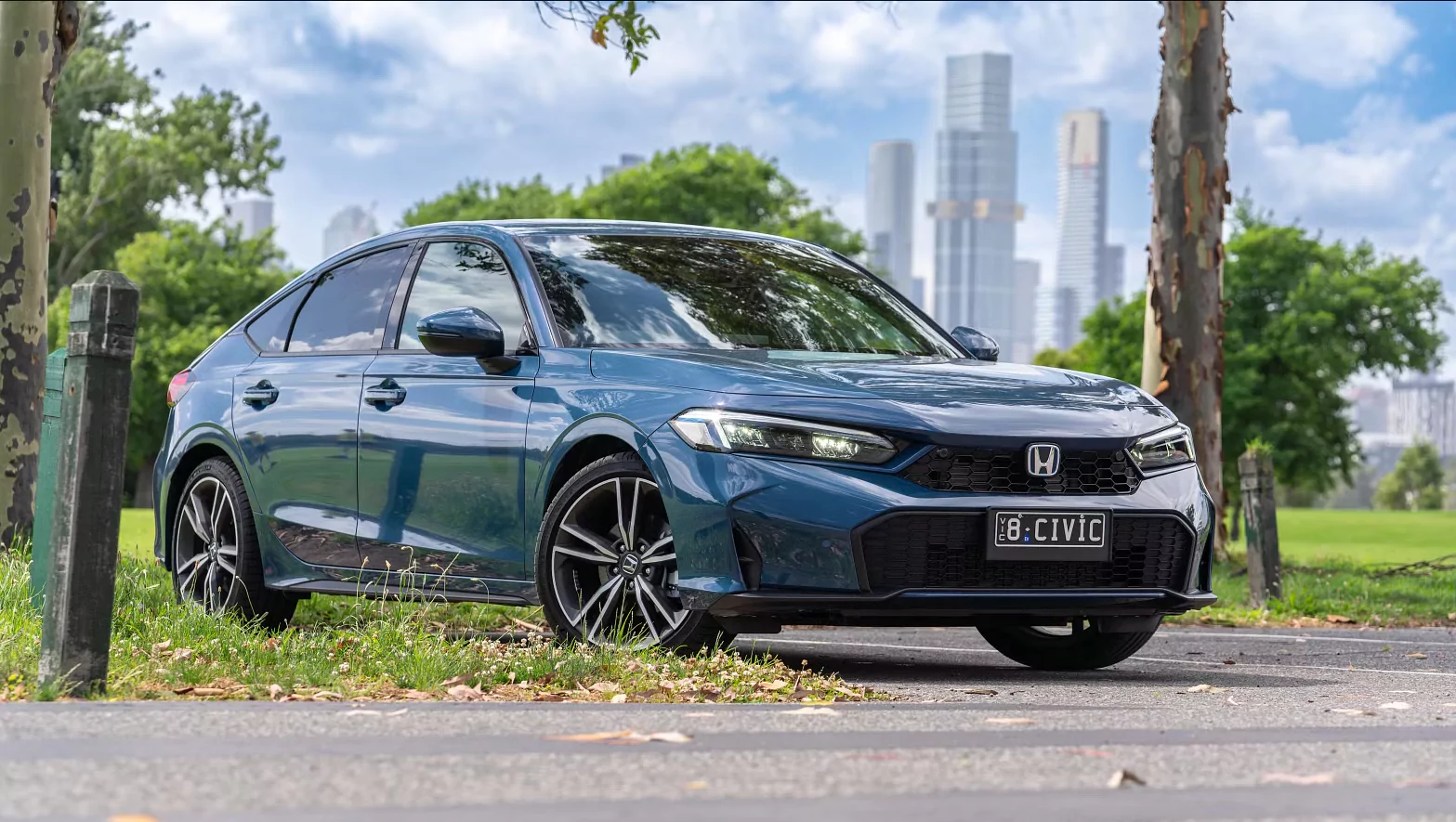
-
-
Key Fuel Efficiency Figures:
- Combined Fuel Consumption: Typically ranges from 4.4 to 5.0 litres per 100 kilometres.
- City Driving: Benefits significantly from the hybrid system, resulting in lower fuel consumption in urban environments.
- Highway Driving: Maintains good fuel economy on the highway, although the electric assist is less prominent at higher constant speeds.
Other Benefits:
- Honda’s Reputation for Reliability: Backed by Honda’s long-standing reputation for producing dependable and durable vehicles.
- More Engaging Driving Experience: Often described as offering slightly more responsive steering and a more connected feel to the road compared to some other hybrids in its segment.
- Well-Appointed Interior: Features a thoughtfully designed interior with quality materials and user-friendly controls.
- Good Handling: Provides a balanced and predictable handling experience, making it enjoyable to drive in various conditions.
- Available Features: Depending on the specific trim level and year, these models can come equipped with a range of desirable features.
- Stylish Design (for its time): The design of these Civic Hybrid models was often considered more sporty and appealing to some buyers compared to more utilitarian-focused hybrids.
-
Compact Cars (Non-Hybrid):
-
Why They’re Efficient: Non-hybrid compact cars typically feature smaller displacement petrol engines and lighter overall weight compared to larger vehicles. This combination means they require less fuel to accelerate and maintain speed, making them inherently more fuel-efficient, particularly in urban environments.
-
Example 1: Honda Civic (e.g., 2012-2016 models with 1.8L engine)
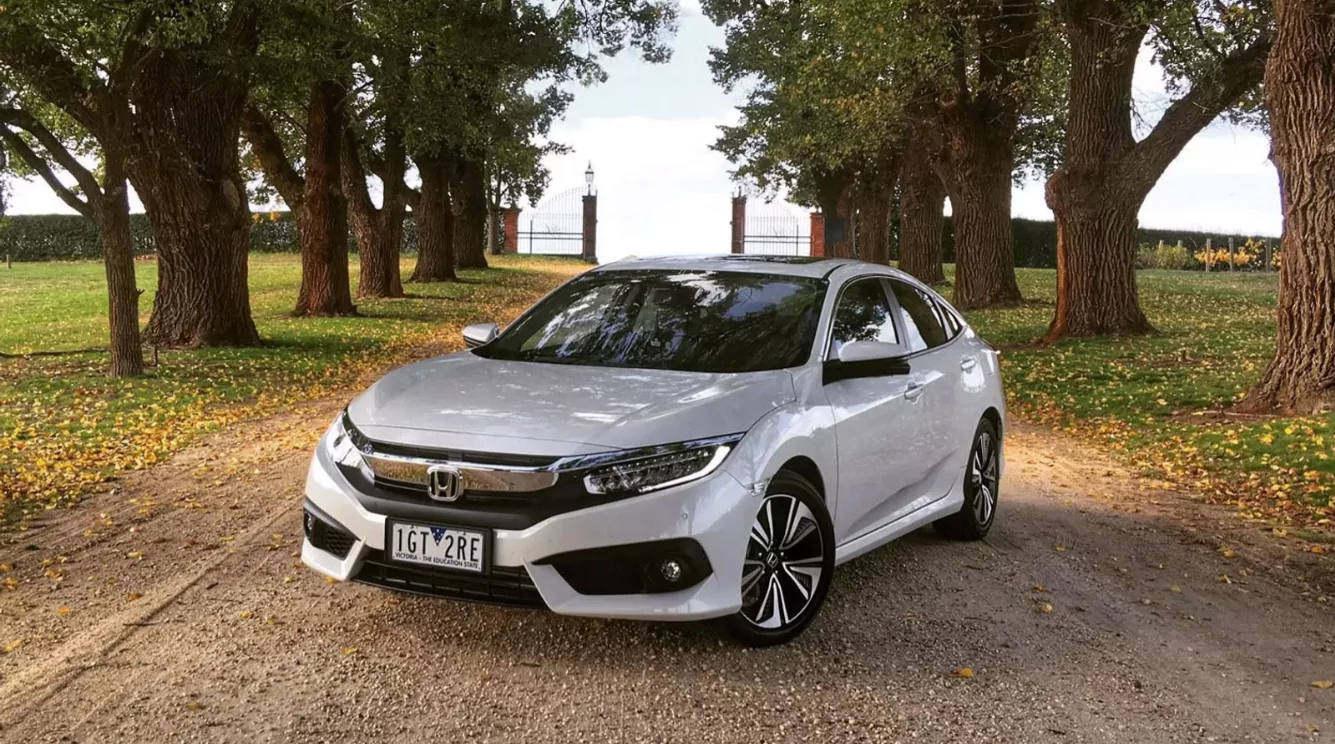
-
-
Key Fuel Efficiency Figures:
- Combined Fuel Consumption: Approximately 6.0 – 6.5 litres per 100 kilometres, depending on the specific model year and trim level.
- City Driving: Generally performs well in urban environments due to its smaller engine and lighter weight.
- Highway Driving: Offers respectable fuel economy on the open road, often slightly better than city driving at consistent speeds.
Other Benefits:
- Excellent Reliability: Consistently earns high marks for its dependability and low incidence of major mechanical faults.
- Comfortable Ride: Provides a comfortable and well-damped ride, making it suitable for daily commuting and longer journeys.
- Good Handling: Offers a balanced and engaging driving experience with responsive steering and predictable handling.
- Range of Available Features: Depending on the trim level (e.g., LX, EX, Si), these Civic models can come equipped with a variety of features, including sunroof, alloy wheels, upgraded audio systems, and advanced safety technologies.
- Stylish Design (for its generation): The design of these Civic models was often considered modern and appealing.
- Good Resale Value: Honda vehicles generally hold their value well in the used car market.
-
-
Example 2: Toyota Corolla (e.g., 2013-2018 models with 1.8L engine)
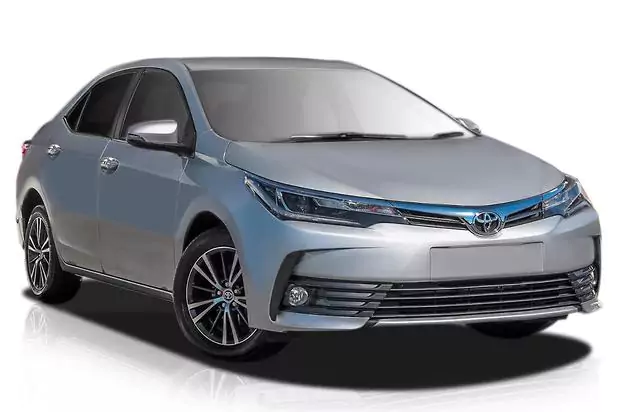
-
-
Key Fuel Efficiency Figures:
- Combined Fuel Consumption: Typically ranges from 6.1 to 6.7 litres per 100 kilometres for models equipped with the 1.8-litre engine.
- City Driving: Offers decent fuel economy in urban settings thanks to its efficient engine.
- Highway Driving: Provides good fuel efficiency on the highway, making it a cost-effective option for longer trips.
Other Benefits:
- Exceptional Reliability and Longevity: Renowned for its long-term dependability and minimal maintenance requirements, often cited as one of the most reliable vehicles in its class.
- Practical and Spacious Interior: Offers a surprisingly roomy cabin for its compact size, providing comfortable seating for passengers and a decent amount of trunk space.
- Comfortable and Easy Driving Experience: Designed for ease of use and a comfortable ride, making it a great choice for everyday commuting.
- Strong Resale Value: Toyota vehicles are known for their excellent resale value in the used car market.
- Wide Availability of Parts and Service: Due to its popularity, parts and service for the Corolla are generally readily available and often more affordable.
- Reputation for Safety: Typically comes equipped with a good array of standard safety features.
-
Subcompact Cars:
-
Why They’re Efficient: Subcompact cars represent the smallest category of vehicles, characterised by their very small displacement engines and exceptionally light weight. These factors directly contribute to their impressive fuel efficiency. Smaller engines require less fuel to power the vehicle, and the reduced mass means the engine doesn’t need to work as hard to accelerate and maintain speed, especially in urban driving conditions. Their nimble size also makes them highly manoeuvrable in congested city environments.
-
Example 1: Honda Jazz (known as Honda Fit in some markets) (e.g., 2009-2014 models)
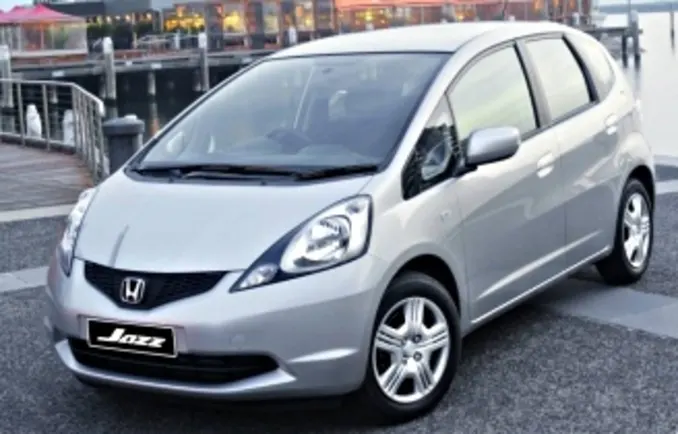
-
- Key Fuel Efficiency Figures: Expect combined fuel consumption figures in the range of 5.5 – 6.2 L/100km for these generations with the smaller engine options (typically 1.3L or 1.5L). City driving often yields figures towards the lower end of this range.
- Other Benefits: Renowned for its exceptional versatility thanks to its clever “Magic Seat” system, allowing for numerous configurations to accommodate passengers and various cargo sizes. Its compact dimensions make it ideal for navigating tight city streets and parking in small spaces. Despite its size, it often offers surprising interior space.
-
Example 2: Nissan Micra (e.g., K13 generation, 2010-2017)
-
- Key Fuel Efficiency Figures: Depending on the engine (typically 1.2L), expect combined fuel consumption figures around 5.8 – 6.5 L/100km. Its light weight contributes to good fuel economy in both city and highway driving.
- Other Benefits: Often available at a very affordable price point in the used car market, making it an excellent option for budget-conscious buyers seeking basic and reliable transportation. Its small size and light steering make it very easy to manoeuvre and park in urban areas.
Diesel Cars:
-
Why They’re Efficient: Diesel fuel has a higher energy density compared to petrol, meaning it contains more energy per litre. This inherent property allows diesel engines to extract more kilometres from each litre of fuel. Modern common-rail diesel engines are also designed for efficient combustion and often produce more torque at lower RPMs, which can contribute to better fuel economy, especially on longer journeys and when carrying loads.
-
Example 1: Volkswagen Jetta TDI (e.g., Mk6 generation, 2011-2018)
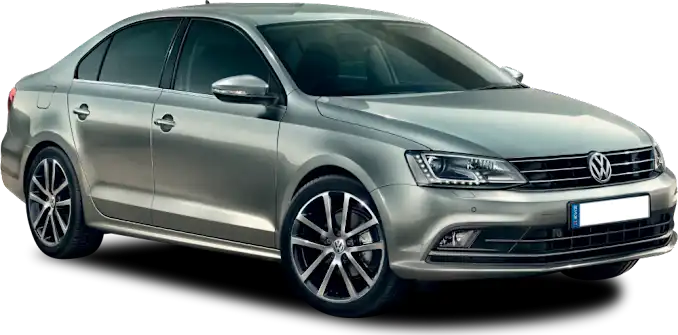
-
- Key Fuel Efficiency Figures: Depending on the specific engine (typically a 2.0L TDI), expect combined fuel consumption figures in the range of 4.5 – 5.5 L/100km. Highway driving often sees the best fuel economy due to the engine’s characteristics at consistent speeds.
- Other Benefits: Diesel engines generally produce higher torque, resulting in strong pulling power and comfortable cruising at highway speeds. The Jetta TDI often offers a more refined driving experience compared to some petrol counterparts in its class. Diesel engines can also be quite durable and long-lasting with proper maintenance.
Tips for Finding and Buying a Fuel-Efficient Used Car:
Finding the right fuel-efficient used car requires a thoughtful approach. Here are some valuable tips to guide your search and purchase:
-
Set a Realistic Budget: Before you even start browsing, determine a clear and realistic budget. This should encompass not only the initial purchase price but also factor in potential immediate maintenance or repairs, registration fees, and insurance costs. Remember that even fuel-efficient cars require upkeep.
-
Research Specific Models and Years: Don’t just look at car categories; delve into specific makes and models known for consistently high fuel economy ratings and a strong track record of reliability. Research owner reviews and common issues associated with particular years to make an informed decision. Some years within a model’s production run might be more fuel-efficient or reliable than others.
-
Check Fuel Economy Data: Utilise reputable resources, such as government fuel economy websites (in Australia, the Green Vehicle Guide is a good starting point), to find official fuel consumption figures (L/100km) for the specific models and years you are considering. Compare these figures across different options to see the potential savings.
-
Inspect Vehicle History Reports: As with any used car purchase, always obtain a comprehensive vehicle history report (like Carfax or AutoCheck, if available in your region). This report can reveal crucial information about the car’s past, including accident history, title issues, and reported maintenance, which can indirectly impact fuel efficiency (e.g., poor maintenance can lead to higher fuel consumption).
-
Test Drive Thoroughly: A comprehensive test drive is essential. Pay close attention to how the engine performs – is it smooth and responsive? Listen for any unusual noises or vibrations. Assess the overall driving feel, including acceleration, braking, and handling. A car that isn’t running smoothly is unlikely to be fuel-efficient.
-
Consider a Pre-Purchase Inspection (PPI): Investing in a pre-purchase inspection by an independent, trusted mechanic is highly recommended. They can assess the car’s mechanical condition, identify any potential problems that could affect fuel efficiency (like engine issues or worn components), and provide you with an unbiased opinion before you commit to buying.
Conclusion: Drive Smarter, Not Harder
Choosing a fuel-efficient used car is more than just a trend; it’s a smart financial and increasingly, an environmentally conscious decision. By opting for a vehicle that sips fuel rather than guzzles it, you can significantly reduce your ongoing running costs and free up your budget for other priorities.
We encourage you to make fuel economy a key priority in your used car search. By doing your research, considering the factors we’ve discussed, and following our tips for finding and buying, you can confidently navigate the used car market and secure a vehicle that not only meets your transportation needs but also saves you money every time you hit the road. The potential for significant long-term savings on fuel, coupled with the affordability of used vehicles, makes a fuel-efficient used car a truly intelligent choice for savvy drivers.
Alpha Autos: Get Your Wheels & Go!
Alpha Autos is your trusted partner in finding the perfect pre-owned vehicle. We offer a wide selection of quality cars, utes, and SUVs to suit every lifestyle and budget across Australia. Our friendly and knowledgeable team is committed to providing a seamless and enjoyable car-buying experience, with transparent pricing and a focus on your satisfaction. Visit our website at AlphaAutos.com.au today to explore our current inventory and take the first step towards getting your next set of wheels!
Categories
- Auto Detailing (2)
- Car Buying Guide (18)
- Car Financing (1)
- Car Maintenance (2)
- Car News (2)
- Used Cars For Sale (3)
Recent Posts
Related posts






